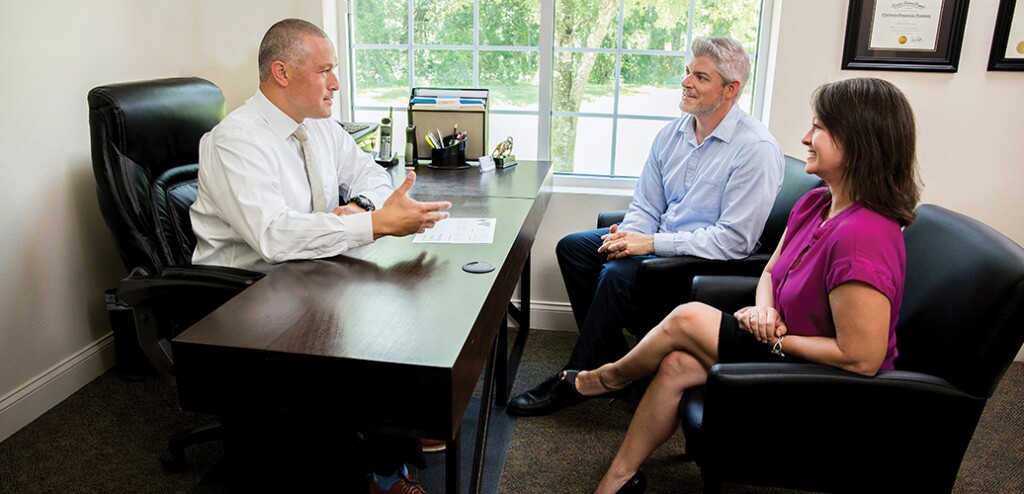Everyone deserves a financial plan they can feel confident about—including you.
Much like a blueprint for building a house, your financial plan is designed to reflect your unique values, needs and aspirations. At Thrivent, the way we build financial plans is unique. We use a financial house model to help you prioritize important goals, build a solid foundation and revisit your financial plan to track your progress over time. A financial advisor works with you at every level to structure your financial plan with tax efficiency in mind.
Here are the six steps our experts recommend for building your financial plan.
Step 1: Use SMART goals to establish clarity
Start by establishing a clear vision of what you want to accomplish. You may want to create a goal that is
Step 2: Get a full understanding of your current financial situation
Next, it is important to understand your current income, expenses and obligations. If you need help getting a clear picture of where your money is going each month, look no further than Money Canvas™. This free virtual coaching program from Thrivent offers one-on-one meetings with a money coach. As an added bonus, it can help you build healthier financial habits and find motivation to stick with them.
Step 3: Check the strength of your financial foundation
Ask yourself five questions to check the strength of your financial foundation.
- Am I financially prepared for emergencies?
- Am I comfortable with my plan to manage my debt?
- Do I have basic estate planning documents in place?
- Do I have meaningful insurance coverage for an emergency or unforeseen event?
- Have I designated beneficiaries for all my accounts?
Step 4: Grow what you have today into what you need for tomorrow
With a strong financial foundation in place, it’s time to ensure your financial plan includes strategies to grow today's funds into what your family needs for the future.
Ask yourself:
- Am I investing enough for retirement?
- Am I saving enough for education?
- Am I on track to buy a house or make another large purchase?
- Have I incorporated tax efficiencies into my investment approach?
Step 5: Build a mindful spending strategy for the years ahead
There will come a time in life when you transition from saving to spending and outliving your assets becomes a focus. In fact, you already may be there now. By working with a financial advisor, your financial plan could include spending strategies that align with different stages of your life.
Ask yourself:
- Am I confident I won't outlive my retirement savings?
- How can I use debt and my savings together to make a large purchase or fund my home?
- Can I further refine my tax-efficiency as I spend my assets?
- Have I reassessed my investment strategy for the spending stage of life?
Step 6: Establish your legacy
This is a good point to think about how your money lives beyond you. If you are fortunate enough to have funds or assets remaining after you die, consider what kind of legacy you would like to leave.
Ask yourself:
- How does my financial plan incorporate estate planning and charitable giving?
- What do I need to do today to help ensure I am able to leave a legacy with my remaining funds?







